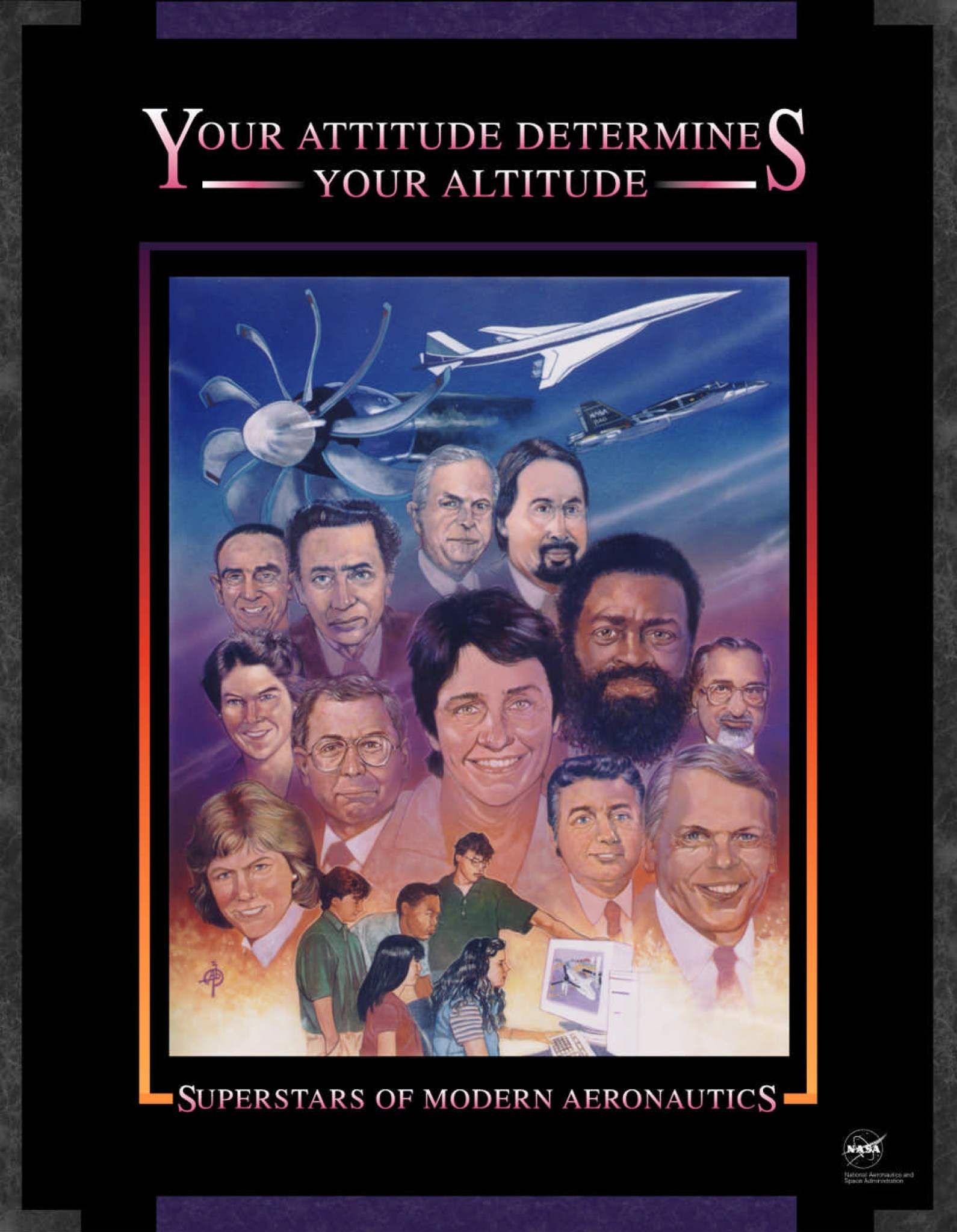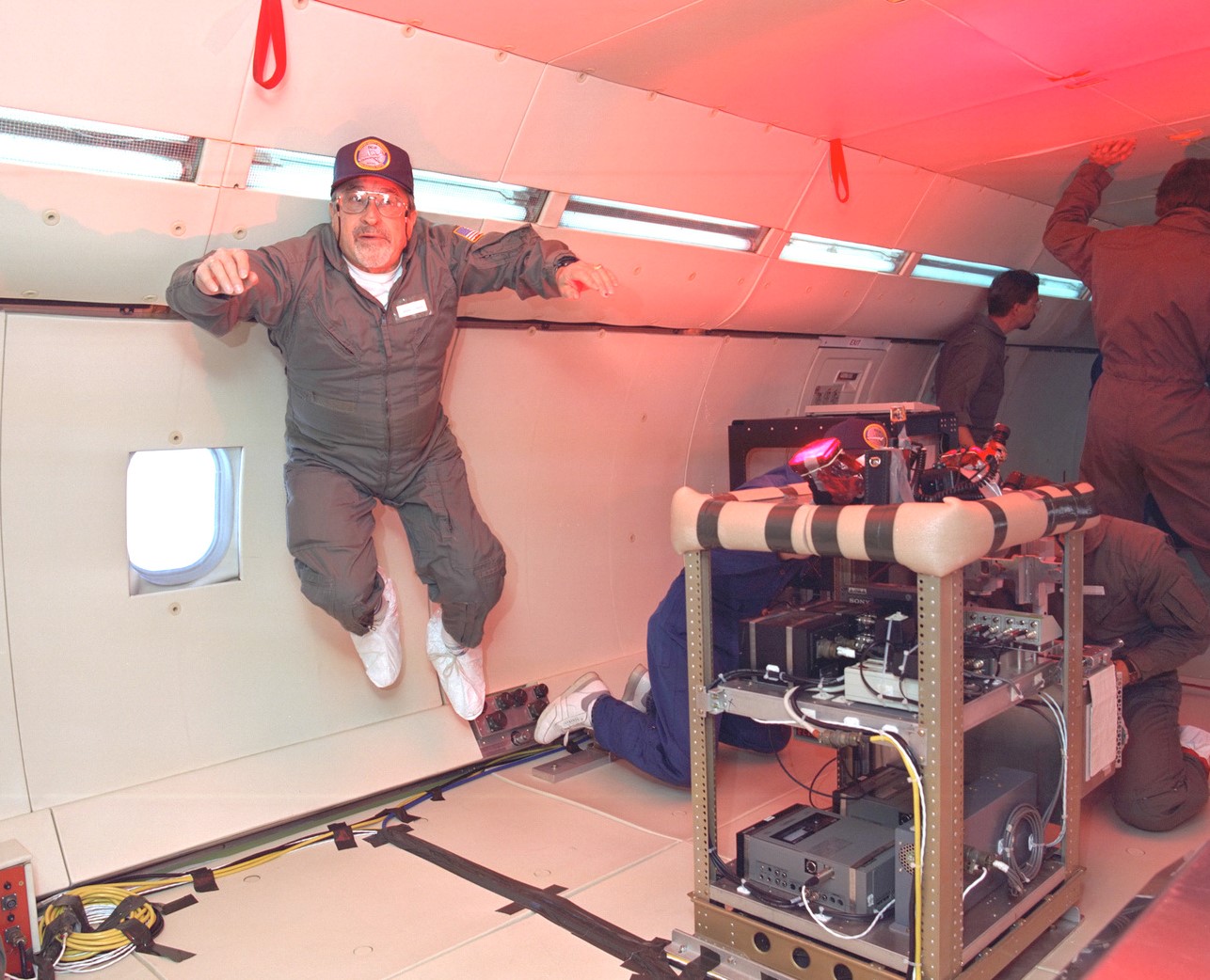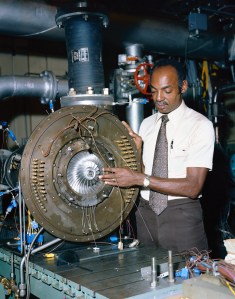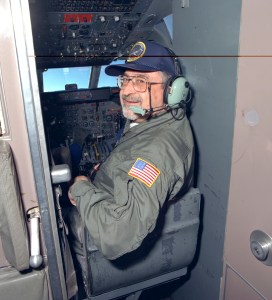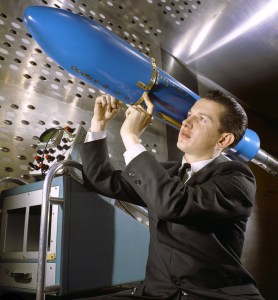On October 8, 1998, the Lewis Research Center (today, NASA Glenn) hosted the Superstars of Modern Aeronautics event to honor 12 of the agency’s unrecognized heroes. The effort was an attempt to remind the public, particularly young people, that NASA consists of a wide range of significant people and programs that go far beyond just astronauts and human spaceflight. Ironically, the event was held the same day local politicians proposed to rename the center after astronaut and senator John Glenn.
In 1996, NASA’s Education Division issued a call for nominations for the Superstars of Modern Aeronautics campaign featuring the third in a series of oil paintings by renowned figure artist Earl Bostic. The paintings incorporated portraits of the individuals along with examples of aviation technology and an image of students learning. NASA converted the painting into posters and brochures that included biographies of each honoree.
The 12 people selected for the painting came from a variety of backgrounds and areas of research. The three Lewis honorees were Simon Ostrach, Albert Johns, and John Adamczyk. Lewis Center Director Donald Campbell commented at the time, “The agency is fraught with superstars, but these three do have an area of expertise that is unique.”
Ostrach began his career at the center in 1944 developing methods for cooling aircraft engines. After a brief departure in the late 1940s to earn his doctorate, he returned to study the flow of fluids. He demonstrated that buoyancy caused fluid to flow in the same manner as heat.
Ostrach left NASA in 1960 to continue his research at Case Western Reserve University. In the 1970s, he began taking steps to prove his theory that surface tension would cause fluid flow, even in the low gravity environment of space. He and colleague Yasuhiro Kamotani began designing the Surface Tension Driven Convection experiments that would eventually fly on the space shuttle in 1992 and 1995. Ostrach was internationally recognized for his efforts. He passed away in 2017.
Albert Johns began his career as an aeronautical engineer at NASA Lewis in 1967 studying nozzles and inlets for Short Take-Off and Vertical Landing (STOVL) aircraft. His efforts included the first successful demonstration of the blowing-boundary, layer-control concept for STOVL inlets.
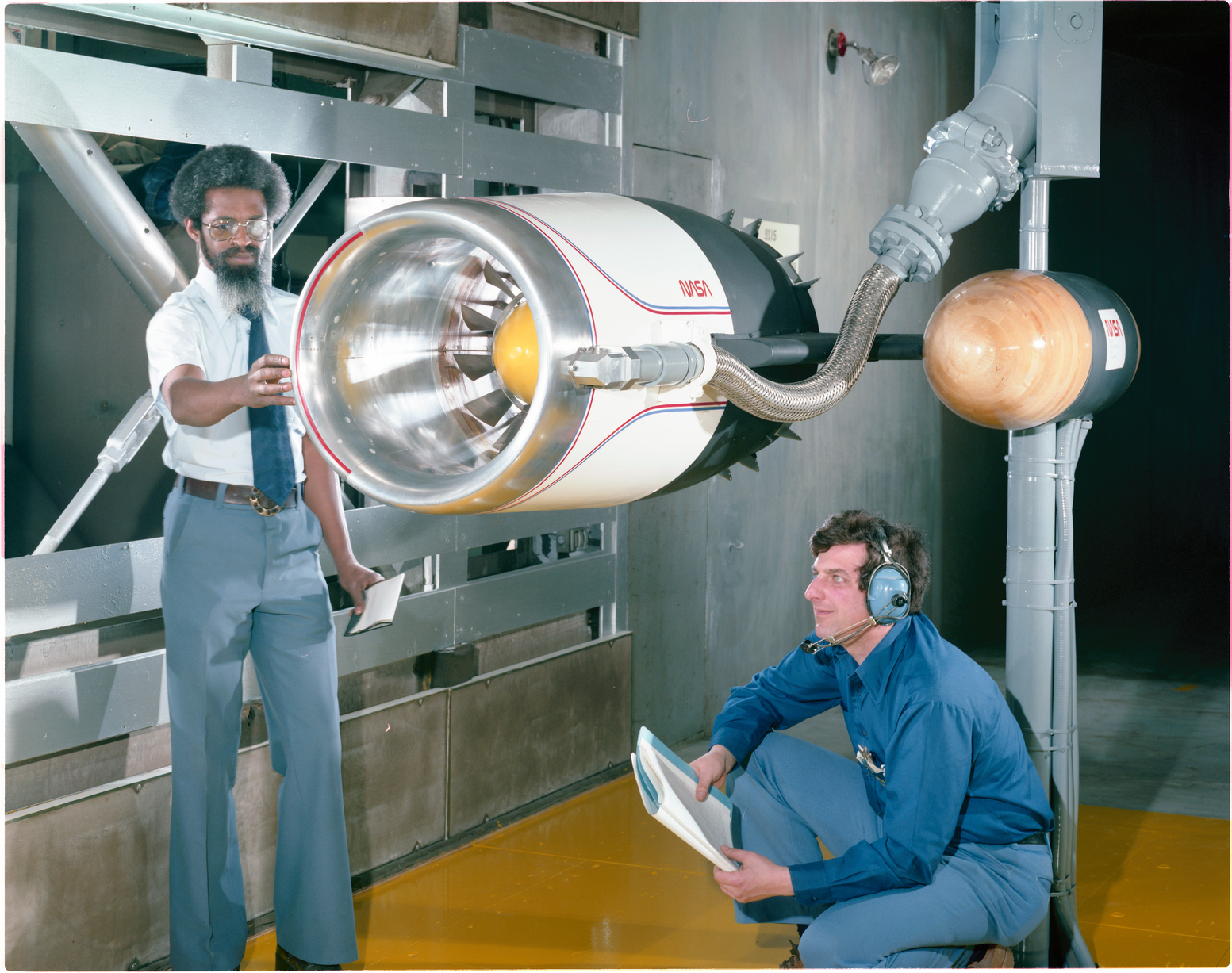
Credits: NASA
Johns also developed unique research techniques for wind tunnel testing of high-speed aircraft, including the Joint Strike Fighter. He was widely recognized in his field and served as a consultant for high-speed test programs at industry sites, government agencies, and other NASA centers. Johns served NASA for over 40 years. He passed away in 2020.
John Adamczyk joined Lewis in 1975 and continued his previous turbomachinery analysis and mathematical modeling work on air flows. He was the first to develop basic methods for using numerical simulations to model three-dimensional flows in turbomachinery.
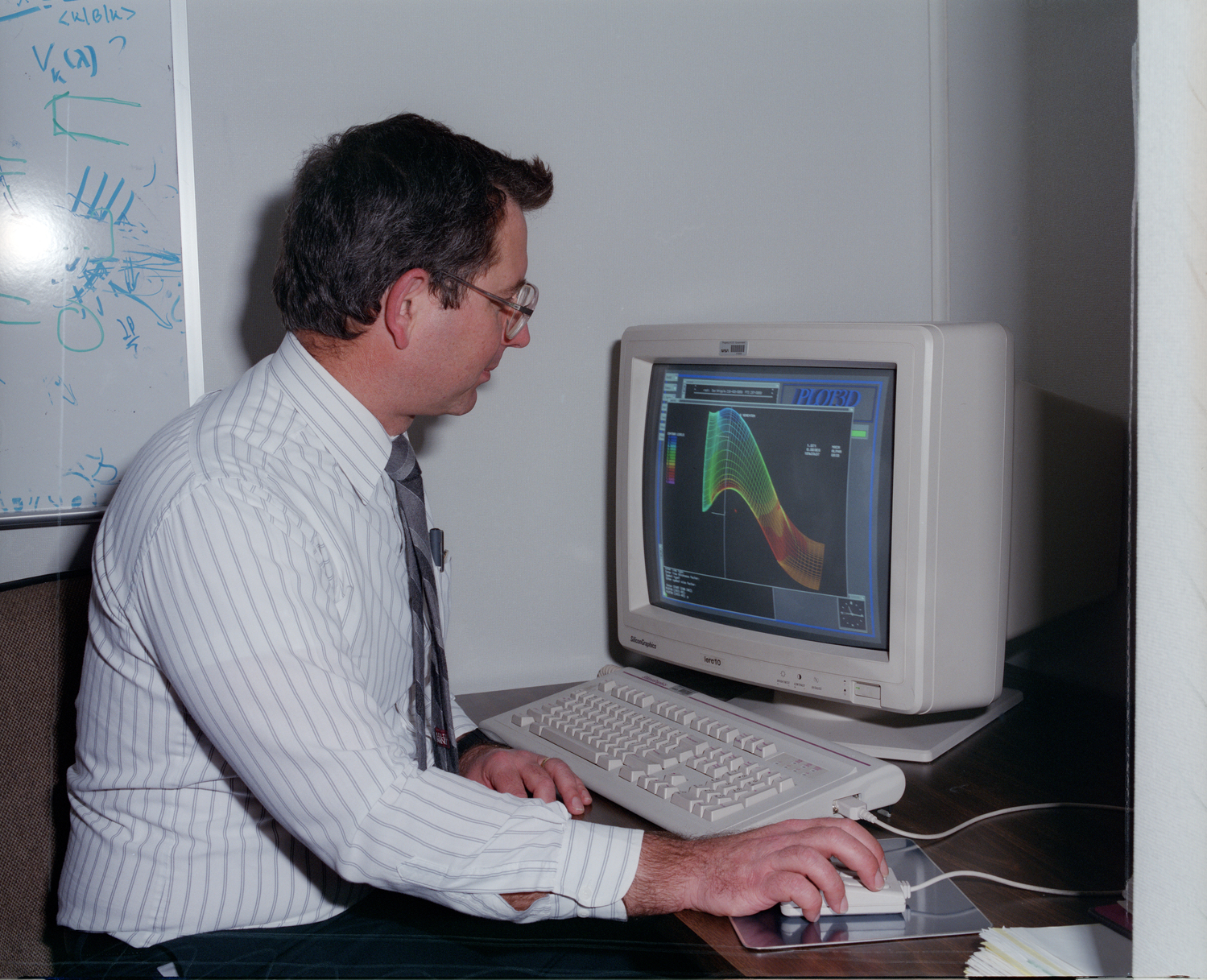
Credits: NASA
Adamczyk’s research led to new computer codes that simulated and defined flows through compressors and fans in high-speed counter-rotating propellers. His codes continue to be used by the aerospace industry today. Adamcyk’s accomplishments have been widely recognized, including being named one of 10 NASA Senior Aerospace Scientists in 1990 and receiving the Presidential Rank Award in 2004. Adamczyk continued to serve the agency as a Distinguished Research Associate after his retirement in 2007.
The 1998 Superstars of Modern Aeronautics unveiling ceremony was held at the Ohio Aerospace Institute to kick off the center’s multiday marking of NASA’s 40th anniversary. Many of the honorees were present as NASA Administrator Dan Goldin and Bostic revealed the original painting.
Robert S. Arrighi
NASA Glenn Research Center



























